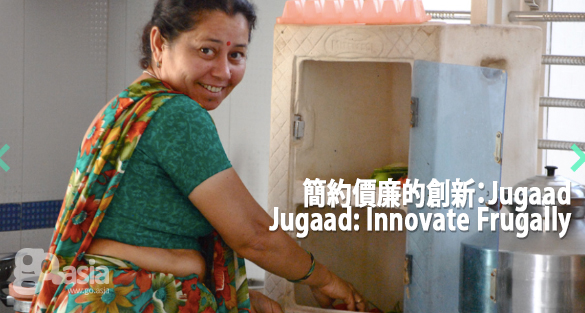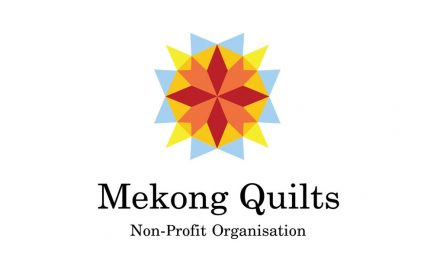Jugaad is a colloquial Hindi word meaning an improvised solution born out of ingenuity in the face of scarcity, and it has become the newest management trend. First, it is frugal: it enables innovators to get more with less. Second, it is flexible: it enables innovators to keep experimenting and change course rapidly when needed. Third, and the most importantly, it is democratic: it can therefore tap into the collective wisdom of otherwise marginalized users, customers, members of the public.
Mansukhbhai Prajapati, a pottery craftsman, put jugaad into practice. In 2001, the state of Gijarat was struck with a massive earthquake. Life were much tougher for those who survived and were facing everyday life without power and enough food. Humanitarian aids aside, he realized the importance of feeding empty stomachs, and it is an insurmountable logistical challenge in the oppressive heat.
For Prajapati, it becomes obvious as keeping food fresh and edible during massive power outage such as this and perhaps beyond is key to saving lives and food security. As a pottery maker, he noticed that the natural property of clay allows water to evaporate slowly and take away heat in the process. By storing water that trickles down on the side in a double-layered clay compartment, evaporation cools down the stored food naturally, and the temperature inside the chamber is about 8 degrees Celsius cooler than the exterior. Prajapati designed this “refrigerator” with a reservoir on top into which the user can pour water, and there are two chambers that will keep the food stored inside fresh for days. The Mitti Cool refrigerator was invented.
This mere jugaad for Prajapati could be said to be an instance of social innovation because it was a brilliant mobilization of existing resources, or clay in this case. He transformed scarcity into abundance, as in this part of the world, electric power is in short supply while clay is plentiful. Moreover, Prajapati is a local artisan who gained his work experience in the community. As he did jugaad for his wife’s needs, he designed and invented more and more inexpensive clay kitchen gadgets to improve life for all. For a person who has finished schooling only to the 10th grade, social innovation was a fancy term to use.
Source: MINES Paris Tech http://flic.kr/p/gwaNH5 under a Creative Commons license via SOCIA
Text: Jason Lam
Photo credits: Courtesy of Mitticool Clay Creation www.mitticool.com











